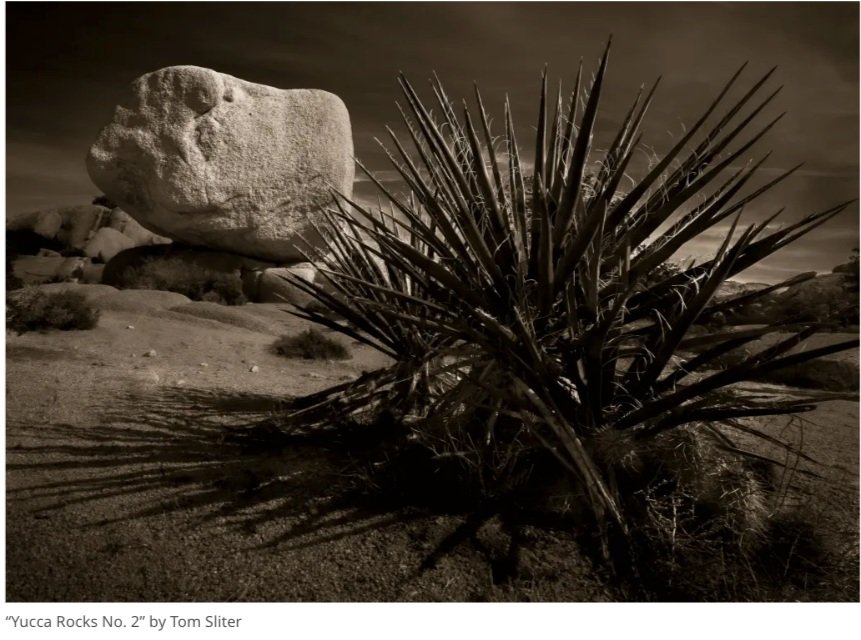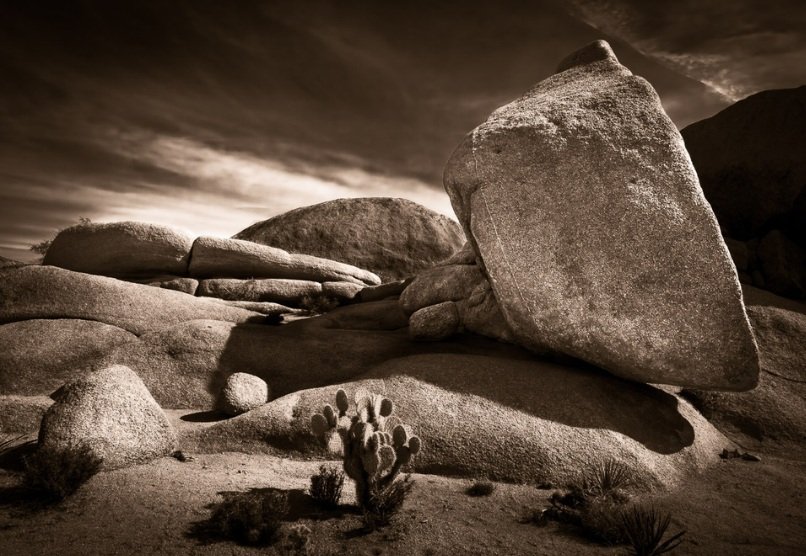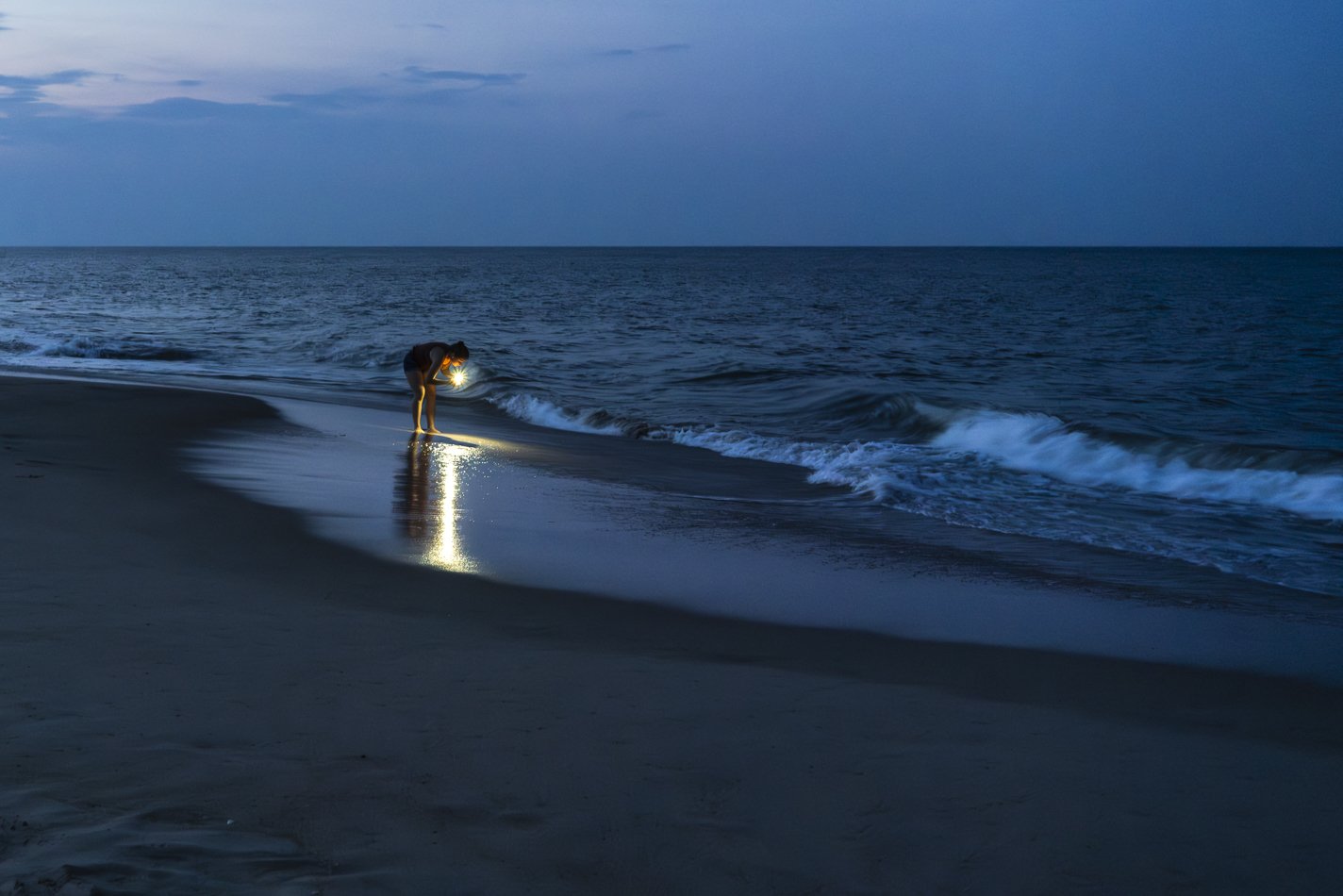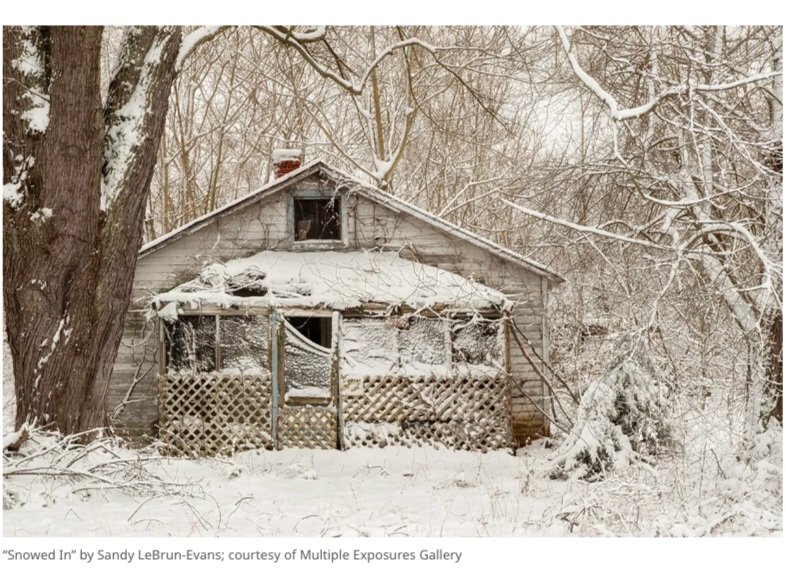“Four Women” by Irina Lawton
Multiple Exposures Gallery is pleased to present THE SILENT NARRATOR, a solo exhibition of photographic work by Irina Dakhnovskaia-Lawton. The exhibition opens March 11 and runs through April 19, 2025.
THE SILENT NARRATOR explores the relationship between time and memory, storytelling, and the power of photographs and photo albums. “Sometimes, especially those with notations and marks, photo album pages are skillfully crafted and edited to tell a powerful visual story where all the members are at the same time familiar and unrecognizable. As the final page is turned and the cover is closed, what remains is not just a physical object, but an intangible, layered impression. It's a mystery, a merging of realities between the narrator and the spectator, leaving us with a lingering curiosity about the stories that lie within," Dakhnovskaia-Lawton says.
EXHIBITION DETAILS
Dates: March 11 - April 19, 2025
Hours: 11am-5pm daily
Location: Multiple Exposures Gallery, Studio 312, Torpedo Factory Art Center [map]
About Irina Dakhnovskaia-Lawton
Born in Latvia, raised and educated in Moscow and presently working as a visual artist DC area, Irina Lawton is attracted to the examination of different subject matters. These vary from the psychological intensity of portraiture to the complex political and social consequences of regime change in Post-Communist Russia to the sensibility and techniques of pictorial aesthetics at the turn of the 20th century. These concepts are linked together through the use of a common style. Multiple layers of meaning convey a complex narrative in one frame.
Irina holds MFA in photography from the Maine Media College, Maine
While living in Miami in 2004-2021 Irina was an artist in residence at the Bakehouse Art Complex. Her work participated in Miami Art Fair, Toronto art Fair, Affordable art Fair, Agua Art Fair, The Boca Museum of Art, Boca Raton, Baker Museum of Art, Naples, FL, Bienes Rare Book Collectioons. Her work was featured in The Miami Herald and Sun-Sentinel newspapers among others. Irina’s works included in the Arthur Jaffe Rare Book Collection, NOVA University Permanent Collection, Pennsylvania Academy of Fine Arts Printmaking Department Collection and several important private collections.
In 2022 Irina relocated to the Washington DC area and became a member of the Multiple Exposure Gallery at the Torpedo Factory Art Center.
MEET THE ARTIST OPPORTUNITIES
March 15, 21, 30
April 5, 12
Irina will be at Multiple Exposures Gallery from 11am-5pm on the dates above. We invite you to stop in to see the exhibition, meet Irina, and engage in conversation about the collective memories and personal stories that surface when looking at images suspended in time. Multiple Exposures Gallery is located on the 3rd Floor in the Torpedo Factory Art Center in Alexandria, VA. [map]
MEDIA + PURCHASE INQUIRIES
High resolution images for media use are available upon request. All images are available for purchase through the gallery.



























